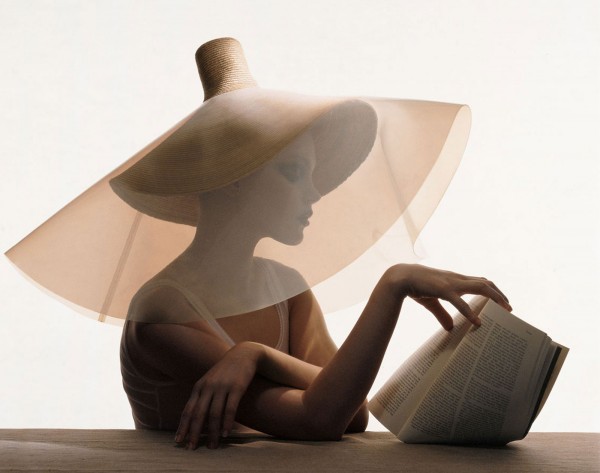Hung for years outside a lavatory, the work of Wifredo Lam is finally getting the respect it deserves in a new retrospective at Tate Modern.
When Wifredo Lam arrived in Paris in 1938, he appeared a dazzlingly exotic figure: a strikingly handsome, brilliantly talented Cuban painterof Chinese, Spanish and Congolese-African ancestry. The surrealists acclaimed him as the embodiment of the authentic “primitive” artist, whose vision was untainted by bourgeois aesthetic values and umbilically linked to the mysteries of Africa. On seeing Lam’s paintings, with their stylised, mask-like faces, Picasso declared: “He has every right to paint like that, he’s black.”
But the Parisian avant garde soon discovered that Lam was not some “primitive”. Highly sophisticated, with a deep knowledge of the old masters, Lam had spent 15 years studying in Madrid, at the Prado and the Royal Academy of San Fernando. At this stage in his career, he didn’t consider himself “black” at all. Instead, his paintings conveyed messages about identity that struck a chord with people around the world.
Lam was trumpeted through the international art scene, his work bought by New York’s Museum of Modern Art (MoMA) and the Tate as early as the Forties. Yet he remains an oddly elusive character. Even with the new receptivity to art from outside the Western mainstream, there has been a strange silence over an artist seen variously as the Cuban Picasso and the Afro-Caribbean surrealist. (The work generally accepted to be his masterpiece, The Jungle, was hung for decades at MoMA in the corridors on the way to the lavatories, rather than in the main body of the museum.)
Now a major Tate Modern exhibition offers the chance to engage with this great artist for the first time in two generations. “He pioneered the ideal of the globalised artist in a way that feels very relevant to now,” says Tate curator Matthew Gale.
Get the complete story on THE TELEGRAPH UK






